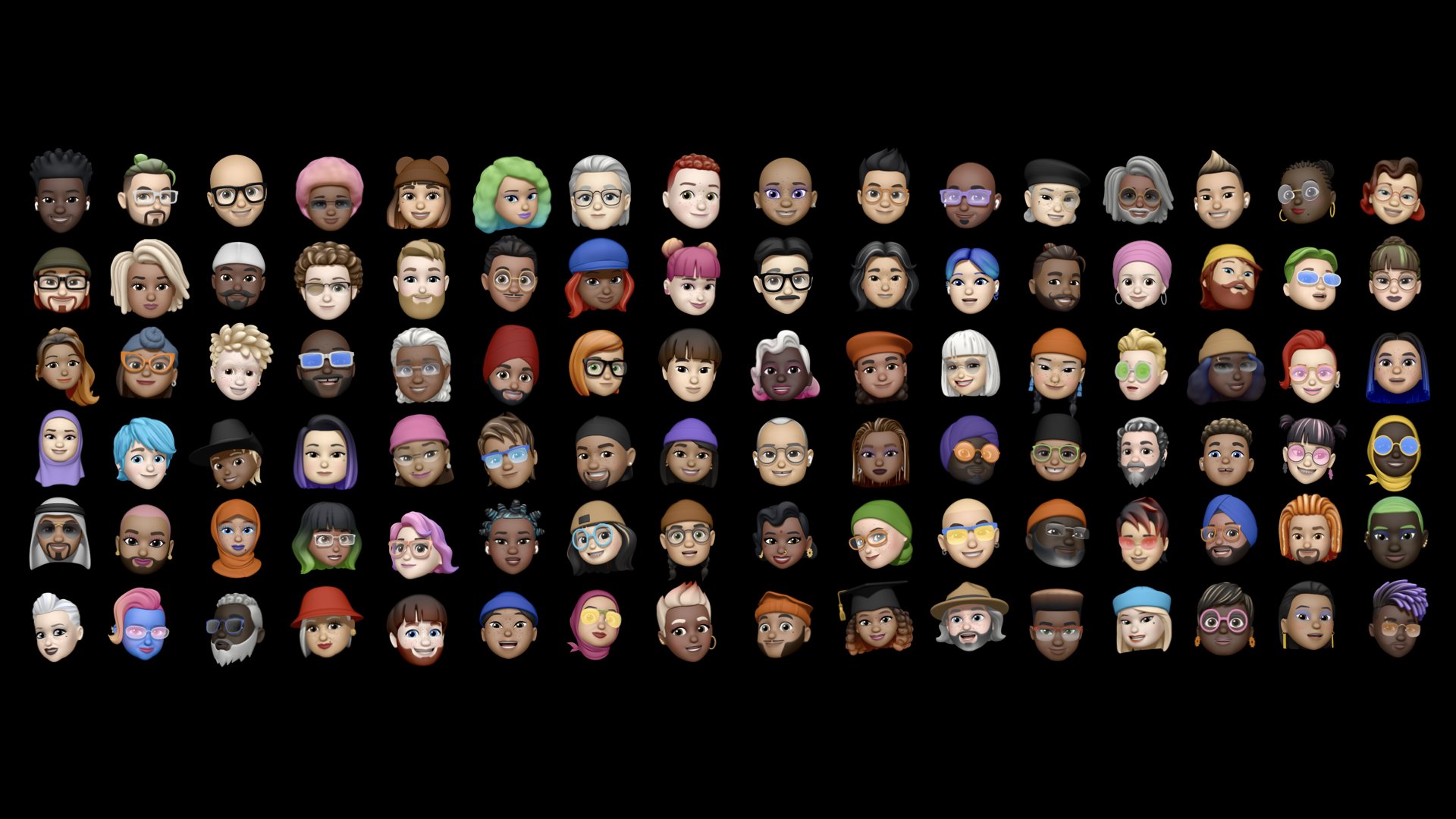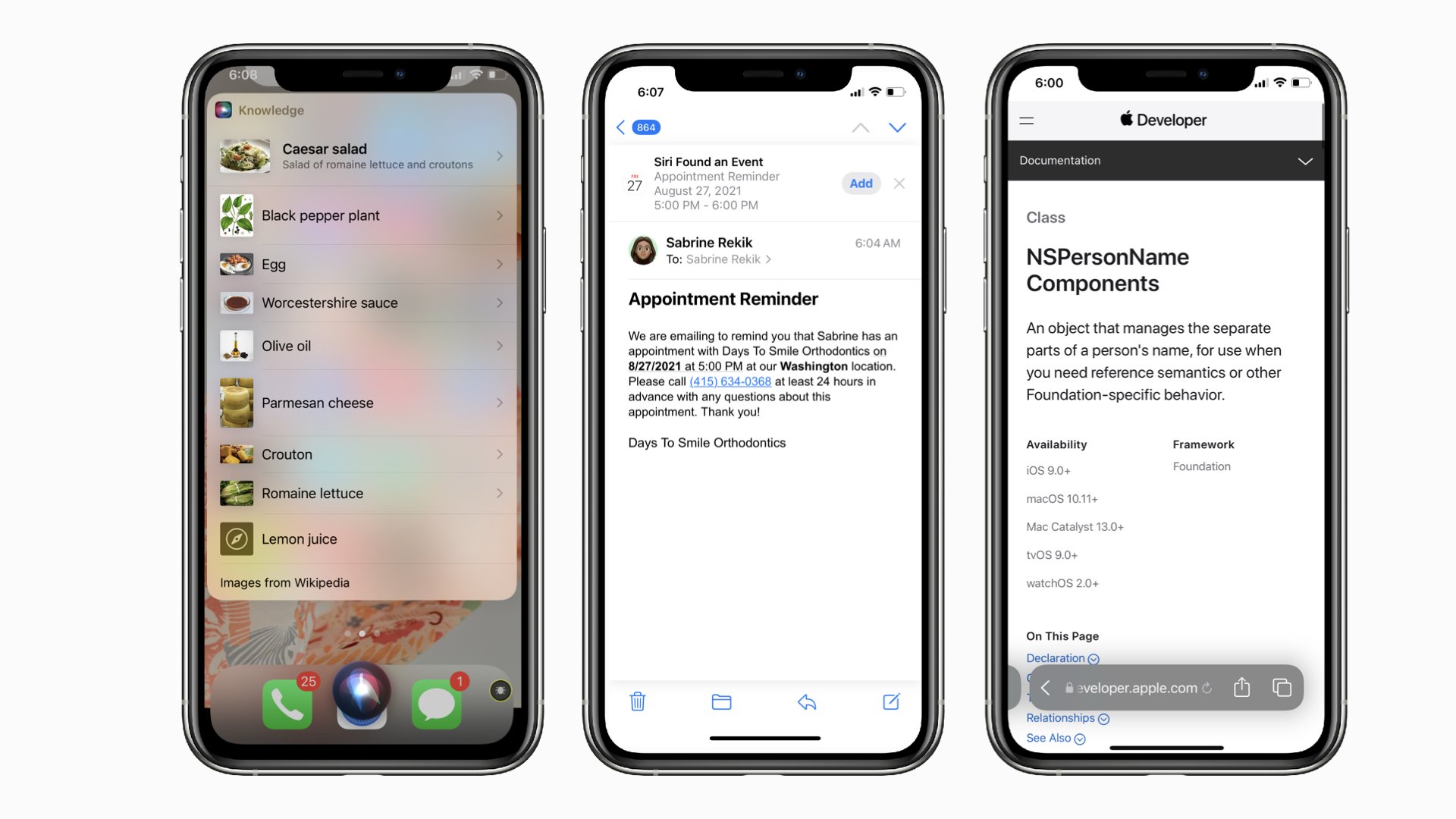A collection of my work in engineering, human factors research, inclusive design
For over a decade, I've shaped how millions of people interact with technology, evolving from engineer to researcher to lead work that makes products more personal, inclusive, and accessible.
Next-Gen Photographic Styles
How do we want to see ourselves in photos? This seemingly simple question led me through research across multiple countries, exploring how personal and cultural preferences shape our relationship with photography.
The journey revealed something profound: photography isn't just about capturing moments—it's about how we see ourselves and want to be seen. This research contributed to the development of Next-generation Photographic Styles on iPhone, changing how our cameras capture diverse skin tones by putting creative control where it belongs—in the hands of the photographer.
Users can now personalize how their camera renders skin tones, shadows, and highlights in real time, making every photo feel more authentically them.
[ As featured in Petapixel, Vogue
and HyperBeast ]
When AI systems recognize faces or describe images, they need to work reliably for everyone—not just some. I contributed to frameworks for creating more inclusive AI systems, improving recognition accuracy across diverse demographics while ensuring users have intuitive ways to correct any mistakes.
One of the projects I'm proud to have contributed to is VoiceOver, which helps people with visual impairments experience photography in new ways. The feature can describe what's in your camera viewfinder as you frame a shot, and provide rich descriptions of photos in your library or while browsing—making the visual world more accessible to everyone.
These projects highlighted a crucial truth: when designed thoughtfully, technology can break down barriers rather than create them.
Responsible AI
and Fairness
WWDC 2021:
The Process of Inclusive Design
Educated global developer community on implementing inclusive research methodologies by developing empathy and asking the right questions. Used the Photos app Memories feature as a case study to demonstrate how feedback from diverse users shaped a more culturally aware experience.
[ Watch the talk ]
The Memories feature transforms your photo library into meaningful stories, automatically creating curated collections set to music. Each memory celebrates the people, places, and moments that matter most to you.
My journey with Photos evolved from engineering to human-centered design. Our team developed the algorithmic foundations for Memories curation, contributing to innovations in how personal media is organized and presented.
Through my research, I discovered something crucial: technology needs to respect the complexity of human relationships and emotions. This insight informed features giving users control over who appears in their memories —essential for those who've lost loved ones or moved on from past relationships.
Photos Memories
Siri Intelligence
Ever received a text about dinner plans and wished your calendar could update itself? This question guided one of my early projects at Apple, where I worked on on-device intelligent systems designed to recognize dates, times, and locations in your messages and emails, making it effortless to add events to your calendar or save contacts. This work contributed to advancements in natural language processing for everyday tasks.
I also contributed to expanding Siri's knowledge base, helping develop a prototype that integrated Wikipedia data to help Siri answer a broader range of questions in multiple languages—from historical facts to recipe ingredients.
These early projects shaped my understanding of how technology could become more naturally integrated into daily life, leading to my dedication to human-centered design—a path I continue to pursue in my work with personal technology.





